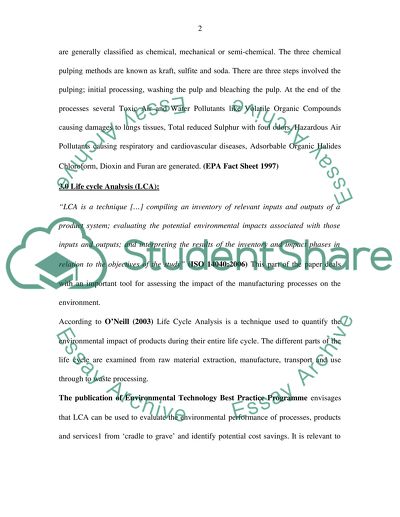Cite this document
(Measuring Environmental Impacts of Manufacturing Processes Research Paper, n.d.)
Measuring Environmental Impacts of Manufacturing Processes Research Paper. Retrieved from https://studentshare.org/environmental-studies/1527978-manufacturing-processes
Measuring Environmental Impacts of Manufacturing Processes Research Paper. Retrieved from https://studentshare.org/environmental-studies/1527978-manufacturing-processes
(Measuring Environmental Impacts of Manufacturing Processes Research Paper)
Measuring Environmental Impacts of Manufacturing Processes Research Paper. https://studentshare.org/environmental-studies/1527978-manufacturing-processes.
Measuring Environmental Impacts of Manufacturing Processes Research Paper. https://studentshare.org/environmental-studies/1527978-manufacturing-processes.
“Measuring Environmental Impacts of Manufacturing Processes Research Paper”, n.d. https://studentshare.org/environmental-studies/1527978-manufacturing-processes.


